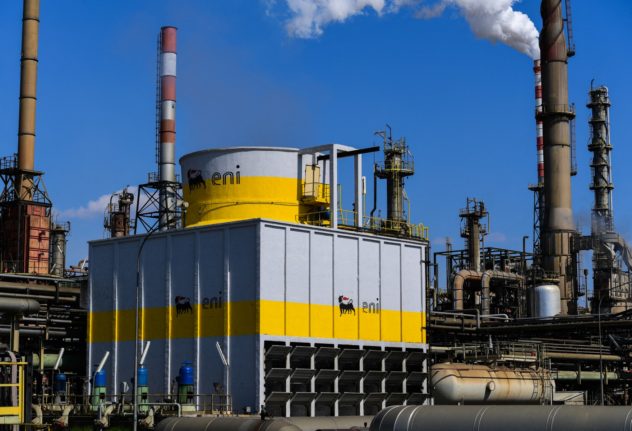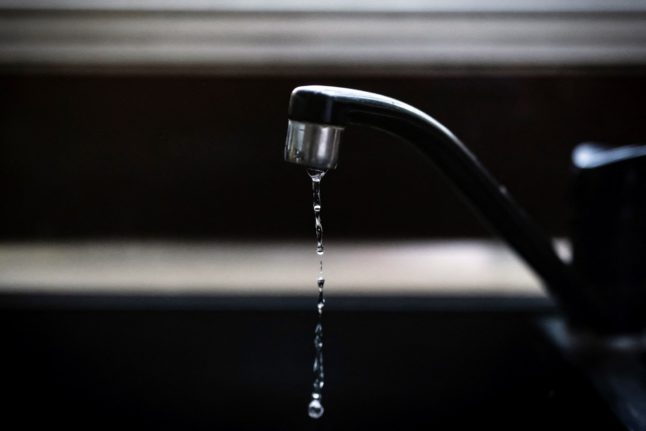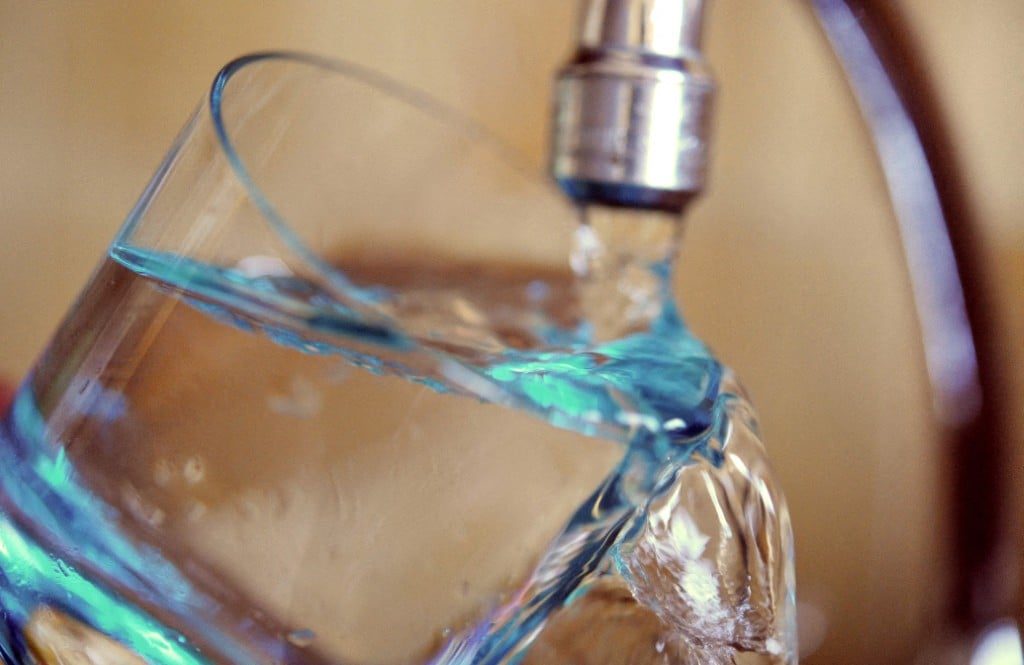Greenpeace Italy and fellow campaigners ReCommon filed the suit along with 12 citizens from areas of Italy severely affected by extreme weather events.
The group accuses Eni of policies “in blatant violation of the Paris Agreement”, the landmark 2015 deal aimed at limiting global warming, as well as using “lobbying and greenwashing” strategies to downplay its responsibility.
Inspired by a 2021 court case in the Netherlands, which saw oil giant Shell forced to slash its emissions, the plaintiffs hope to force Eni to reduce its carbon footprint by 45 percent by 2030, compared to 2020 levels.
They also want Eni to be obliged to make a “declaration of responsibility” over damage caused by its greenhouse gas emissions, which they say are globally greater than those generated by the whole of Italy.
Eni said on Friday it “will prove in the legal proceedings the groundlessness of Greenpeace and ReCommon’s claims, both legally and factually.”
READ ALSO: Italy must learn to cope with drought-inducing weather: minister
Alessandro Gariglio, a lawyer for Greenpeace Italy, said the parties exchanged documents – including technical and expert findings – on Friday, and the court is expected to set a date for the next hearing soon.
Scientists say climate change driven by human activity is boosting the intensity and frequency of extreme weather events such as heatwaves, droughts and wildfires.
Greenpeace Italy and ReCommon have published a report detailing how Eni has known about the climate impacts of fossil fuel extraction since the 1970s.
The lawsuit also includes Eni’s two main shareholders, Italy’s economy ministry and state lender Cassa Depositi e Prestiti (CDP), which together hold the Italian government’s one-third ownership stake.
READ ALSO: Why is air pollution in northern Italy so bad?
The Rome court is being asked to rule on whether all three have violated “human rights to life, health, and private and family life”.
Eni has previously pledged to explain in court its “decarbonisation strategy”, which it says balances three aims: “sustainability, energy security and the country’s competitiveness”.
The suit is the first of its kind against a private company in Italy and follows a raft of climate lawsuits around the world.




 Please whitelist us to continue reading.
Please whitelist us to continue reading.
Member comments